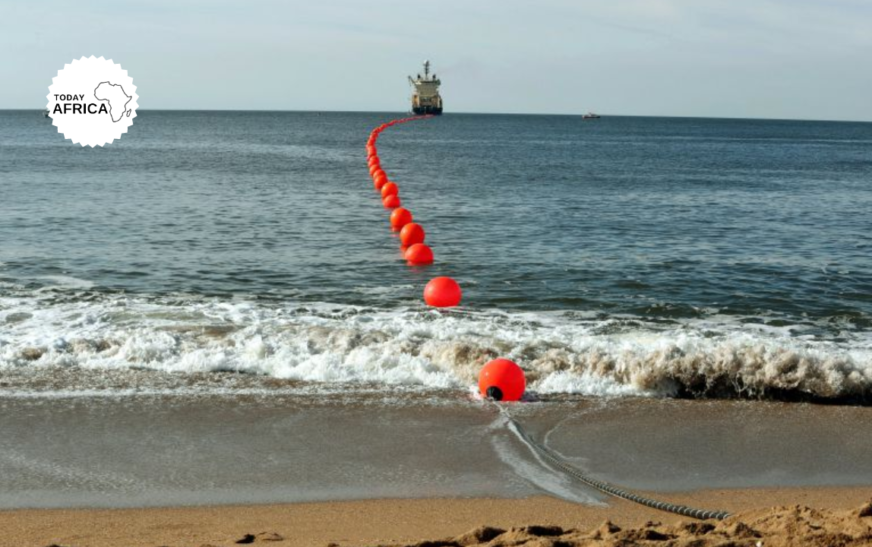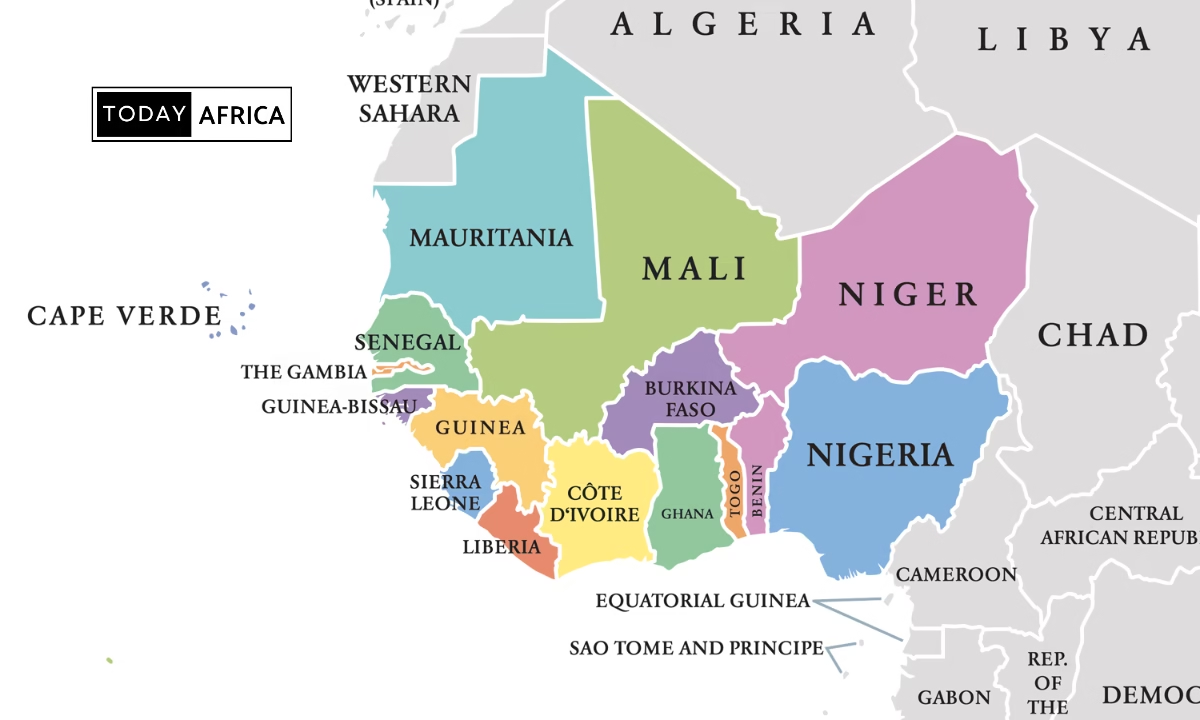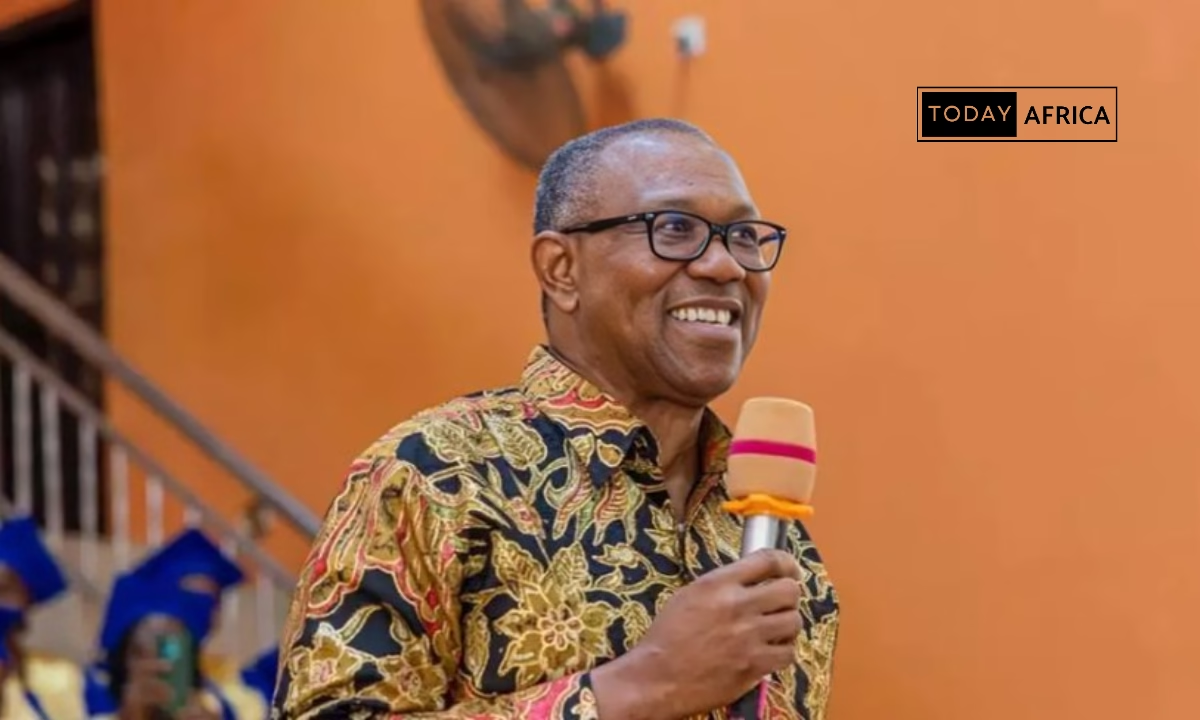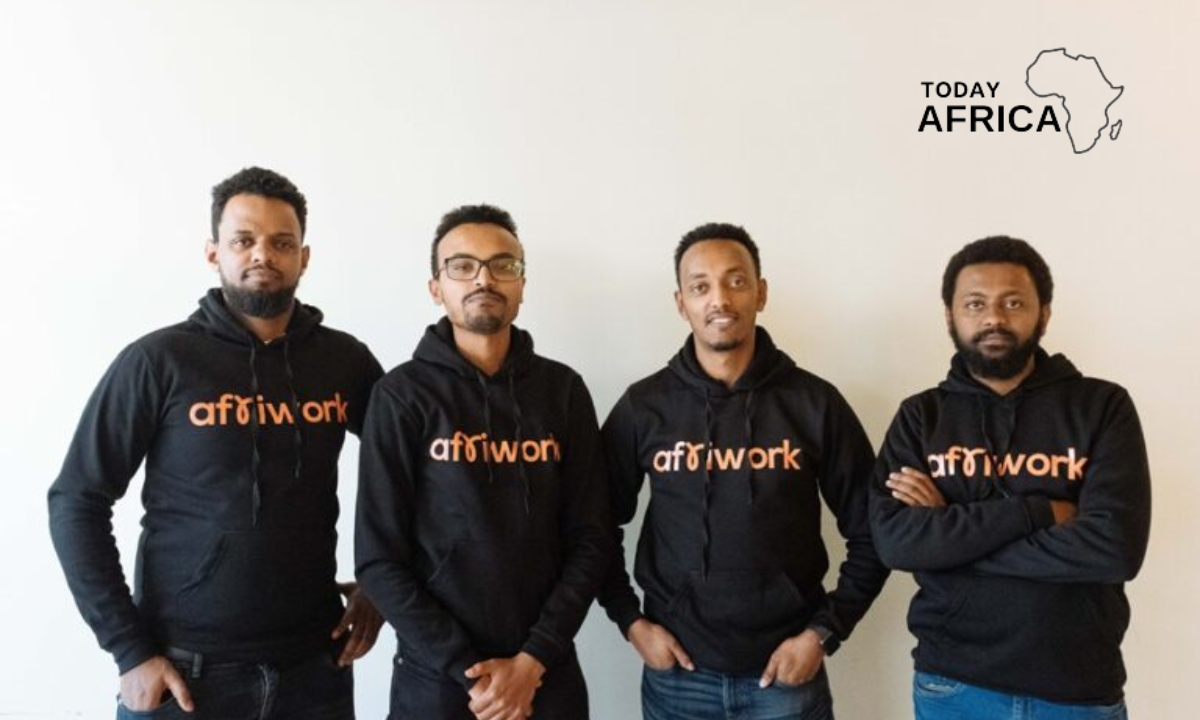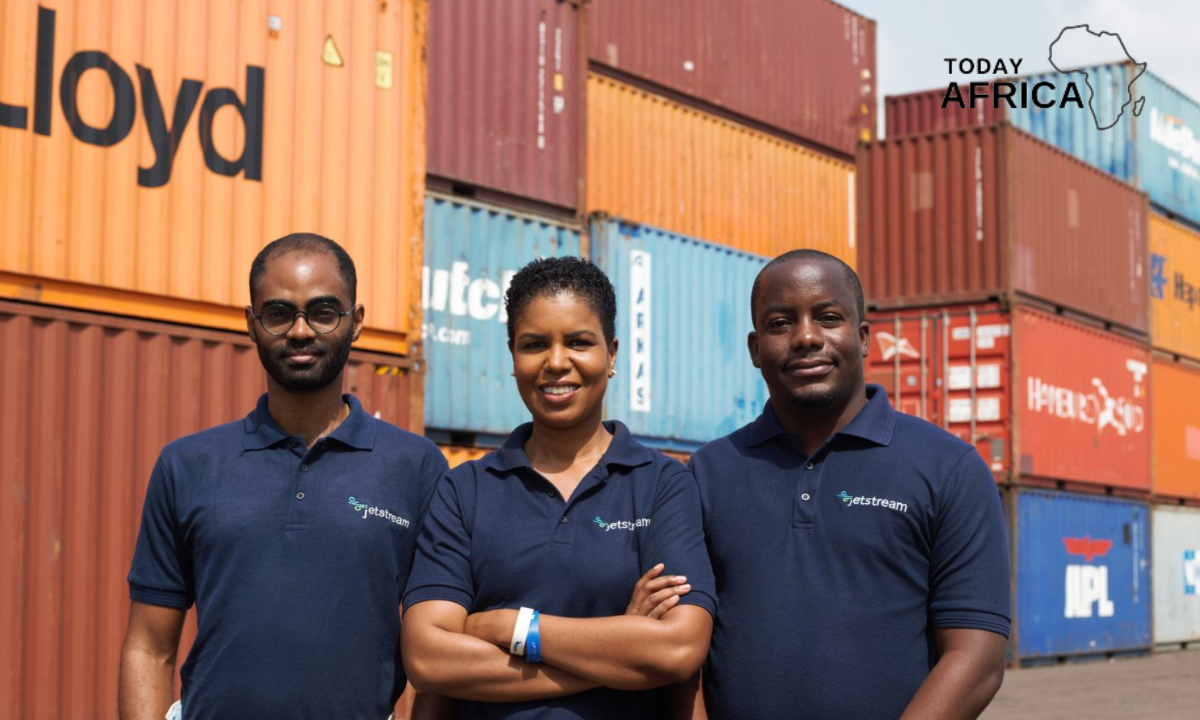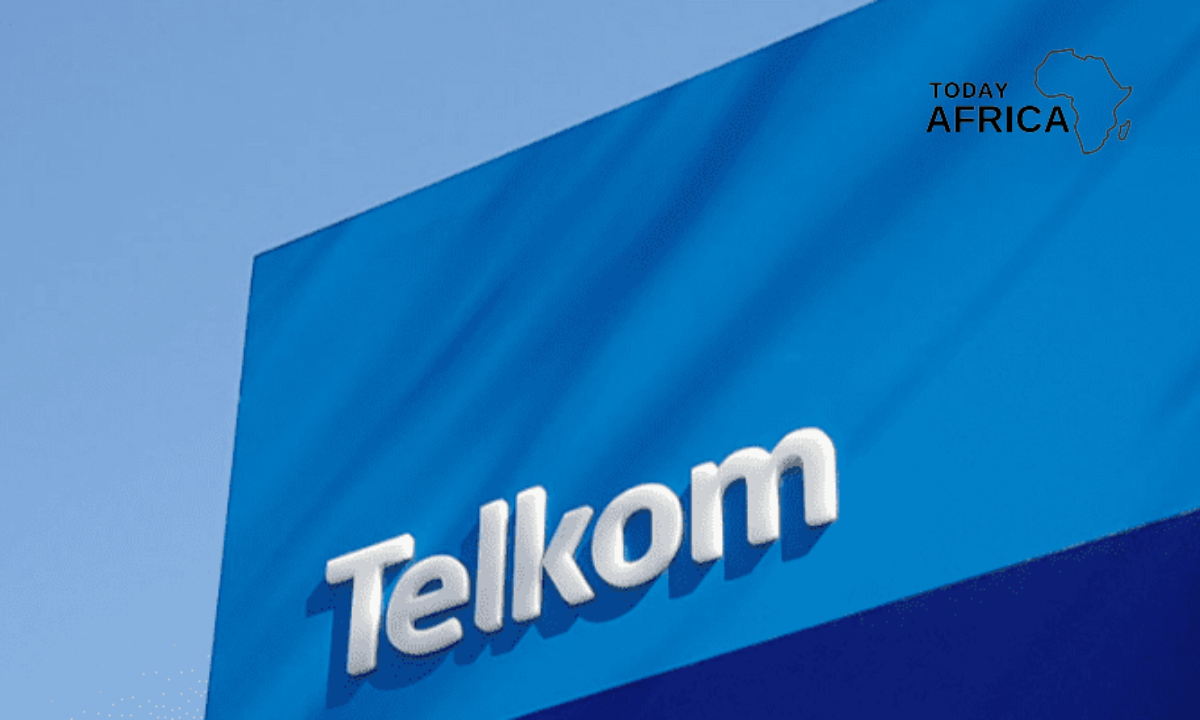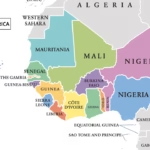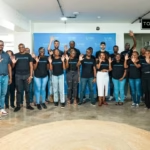Africa’s undersea cable troubles are far from over. These networks serving Africa have faced their fair share of challenges. But from the unfortunate look of things, the issues faced persist. Despite being critical for connecting the continent to the rest of the world, the internet access they provide is yet disturbed.
Reports emerging earlier this week detail disruptions to connectivity services across East African countries due to the new faults affecting the region’s subsea cables. This time, the East Africa Submarine Cable System (EASSy) and Seacom are the affected.
Internet governance and cybersecurity watchdog Netblocks tweeted that the cuts affected multiple countries: Kenya, Somalia, Uganda, Rwanda, Burundi, Comoros, Malawi, Sierra Leone, Mozambique, Madagascar, Tanzania, and Mayotte—a France-affiliated Indian Ocean island between Madagascan and Mozambican coasts.
Airtel, MTN, and Safaricom have each confirmed service disruptions and reported having to reroute their traffic to compensate users struggling with slow internet speeds. While Kenya has managed to restore stable connections, other countries in the region continue to suffer the partial blackout.
It has been just 2 months since Africa’s last major undersea cable-caused internet outage. On March 14, MainOne and Seacom suffered damages to their lines, causing a larger-scale breakdown impacting West, East, and Central Africa. Ivory Coast, Liberia, Benin, Ghana, Nigeria, and Cameroon were severely affected.
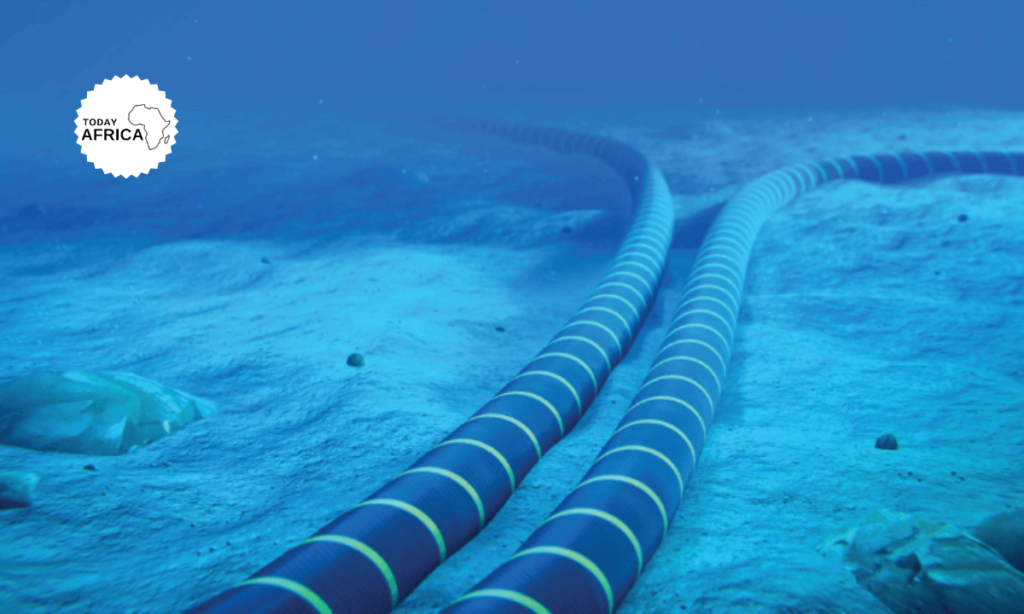
A month prior, a segment of Seacom’s cable snapped in the middle of the Red Sea. The occurrence, however, was linked to unrest originating in Yemen, in which Houthi’s militia group has been attacking vessels and personnel along the route. Compounded damages have been repaired since May 1 with $8 million.
Another Undersea Cable Off The Continent’s Coast
In April, another undersea cable off the continent’s coast—the South Africa Far East (SAFE) cable, which links Mauritius and Reunion to South Africa, India and Malaysia—was damaged, exacerbating internet disruptions for users on both islands.
Ben Roberts, who has been Liquid Telecom’s Group Chief Technology and Innovation Officer since 2007, said the most recent issues were caused by faults to EASSy undersea cables connecting East Africa to the rest of the world via South Africa. He linked the cuts to chance, as opposed to sabotage theories.
See Also: Vodacom’s Egypt Acquisition Spurs 29.1% Surge in Group Revenue
Per Telegeography, a telecommunications market research company providing data-driven analysis, about 100 fiber cuts happen around the world yearly. While they occur occasionally, the recent string of occurrences in Africa suggests little respite.
More than anything, these interruptions bring into sharper focus the importance of upstream redundancy, whether through more submarine, terrestrial, or satellite. That is where services like Google’s Equiano, Meta’s 2Africa, and Elon Musk’s Starlink come in handy.
Also, with more locally cached content and internet exchange points (IXPs), local internet connectivity can continue when Africa’s connections with the outside world are severed.

